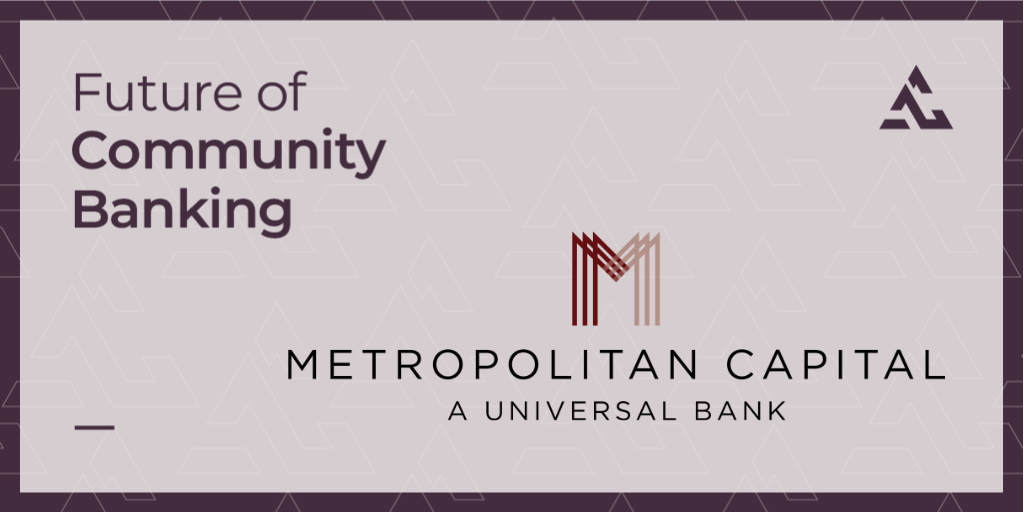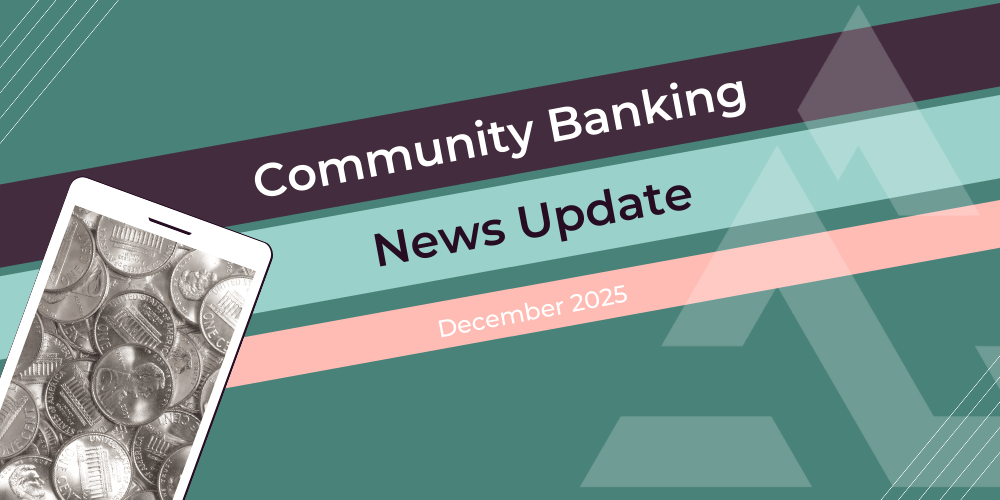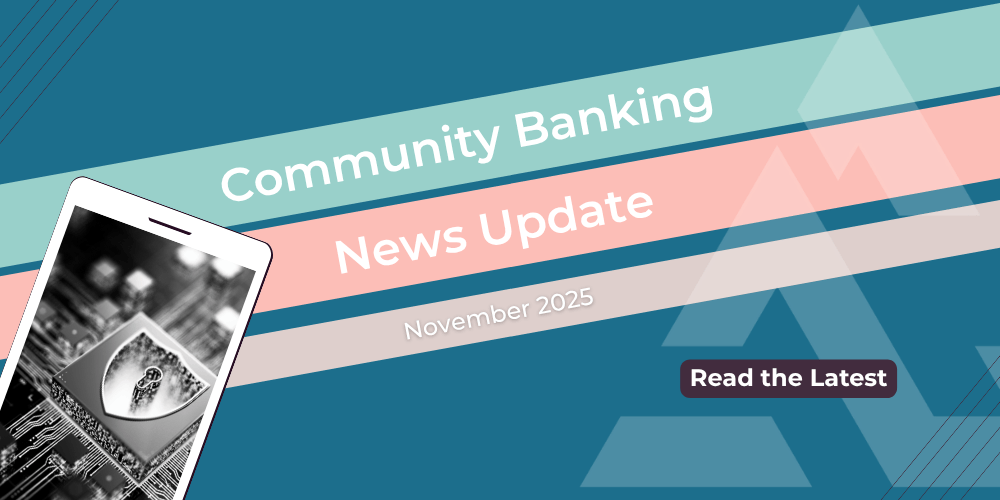The CEO of Fintech Consulting discusses how instant payments will affect the future of community banking
She is known in the financial industry as the “Instant Payments Maven”. Marcia Klingensmith, a leader in payments modernization strategy and CEO of Fintech Consulting, has dedicated her career to working with community banks and credit unions to modernize payments. With a background in product development at FIS, Bank of America and Wells Fargo, and a wealth of experience in fraud, identity, and cybersecurity at Visa and LexisNexis Risk Solutions, Marcia is passionate about helping financial institutions stay current with the latest payments technology. Her work in instant payments is particularly crucial as more consumers and businesses seek faster, more transparent ways to manage their finances.
How did your journey in banking and payments begin?
I started my career as an IT project manager for about eight years, which gave me the foundation of taking ideas from inception to delivery. From there, I spent 12 years in banking, working with Bank of America and Wells Fargo in product management, where I launched eBanking, Bank of America's first fully digital checking product. Over time, I moved into fraud and identity, but payments have always been my passion. So I went to FIS and led a tech team to deliver real-time payment capabilities to the market. I’m a change agent, and I love working with emerging technology that can make people’s lives better. Payments, especially instant payments, is a key part of that vision.
Why are instant payments so important for community banks?
Instant payments help both consumers and small businesses manage their finances with immediacy, transparency, and control. For community banks, it’s about staying relevant. Customers, particularly those living paycheck to paycheck, need faster ways to access their money. If their bank doesn’t support instant payments, they’ll likely open a secondary account with a bank that does, and eventually migrate their transactional business to the account with the real-time deposits, a slow leakage of business from financial institutions not offering instant payments. It’s a way for community banks to retain and delight customers as well as generate new revenue. Many small businesses are willing to pay for faster payments, and community banks are missing out on that revenue if they aren’t part of the network.
How can instant payments improve the customer experience for small businesses?
For small businesses, cash flow is a major concern—82% of small businesses fail because of cash flow challenges. Instant payments allow them to better manage when payments are sent and received, giving them control over their finances. Additionally, instant payments come with rich data that can help automate invoice reconciliation, saving time and reducing manual work. It’s not just about speed; it’s about creating a more efficient, less labor-intensive process for both the business and the bank.
What do you say to community banks that worry about the cost and effort involved in implementing instant payments?
One of the biggest misconceptions is that implementing instant payments is resource-intensive and expensive. But it’s much more manageable than most banks realize. Most institutions can be up and running in less than three months, especially with the help of third-party service providers who handle the heavy lifting on the technical side. The focus for banks should be on their business strategy — who their target customers are, which use cases they want to prioritize, and how they’ll make money from instant payments.
Is fraud a bigger risk with instant payments?
It’s actually a myth that instant payments increase fraud. Instant payments are push payments, meaning the user must authorize the transaction, which adds an extra layer of security compared to other payment types. Banks can implement fraud checks before a payment is sent, using the same controls they already have in place for other payment methods like ACH or checks. In fact, instant payments could help reduce check fraud, which is one of the fastest-growing areas of fraud today.
How do international payments tie into the instant payments landscape?
International payments are definitely an exciting area as the world moves toward faster and more interconnected payment rails. In the U.S., our instant payment rails are still fairly new, but in other parts of the world, instant payments have been around for years. The challenge right now is that these payment rails aren’t fully connected across borders yet, but that’s changing. ISO 20022, which I like to call the “Financial Rosetta Stone,” is helping standardize payment messages globally, making cross-border instant payments more feasible in the future. While the U.S. isn’t there yet, it’s the foundational step. Once the rails connect, we’ll be able to send money instantly across borders, and that’s going to be transformational, especially for communities that send remittances abroad.
To read more about how Metropolitan Capital Bank & Trust is building their international payments capabilities, read the case study:
What role do you see instant payments playing in the future of community banking?
I believe instant payments are foundational for the future of community banking. They help banks offer better customer experiences, retain their clients, and build new revenue streams. Additionally, instant payments are just the first step in payments modernization. As banks move toward cloud-based infrastructure and API connections, they’ll be able to offer a wider range of services, like ACH, wires, and card payments, all through a single platform. This shift will enable community banks to grow, remain competitive, and better serve their communities.
Do you have any advice for community banks just starting their instant payments journey?
My advice is to start by building the internal business case. One of the services I offer is an “Instant Payments in a Box” workshop, which helps banks get all their stakeholders—product owners, marketing, customer support—on the same page about the value of instant payments. From there, we dive into the specific use cases that matter to their institution and develop a roadmap. It’s about getting everyone excited and aligned on the possibilities for growth and improved customer experience.
Acceleron builds cutting-edge software that allows community banks and credit unions to conduct international payment transactions profitably through a foreign exchange (FX) marketplace. Serving over 200 financial institutions and facilitating more than $1 billion in international payments annually, Acceleron helps small banks generate non-interest income and compete more effectively with high-fee big banks. Our solutions integrate seamlessly with top payments platforms, ensuring quick implementation and smooth operation.
Subscribe to our monthly newsletter to stay ahead of the curve!
 Daisy Lin, Head of Marketing, Acceleron
Daisy Lin, Head of Marketing, Acceleron




